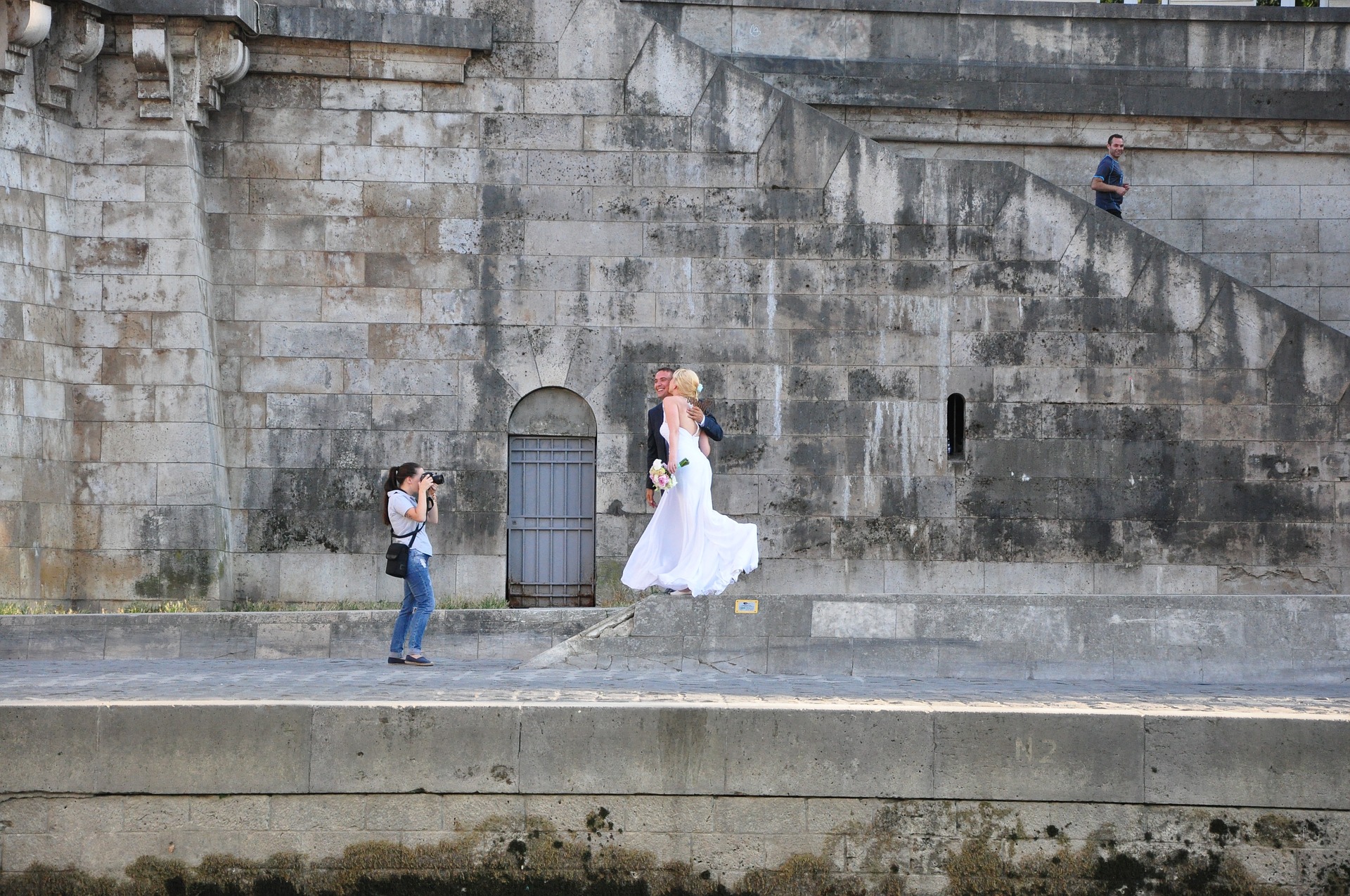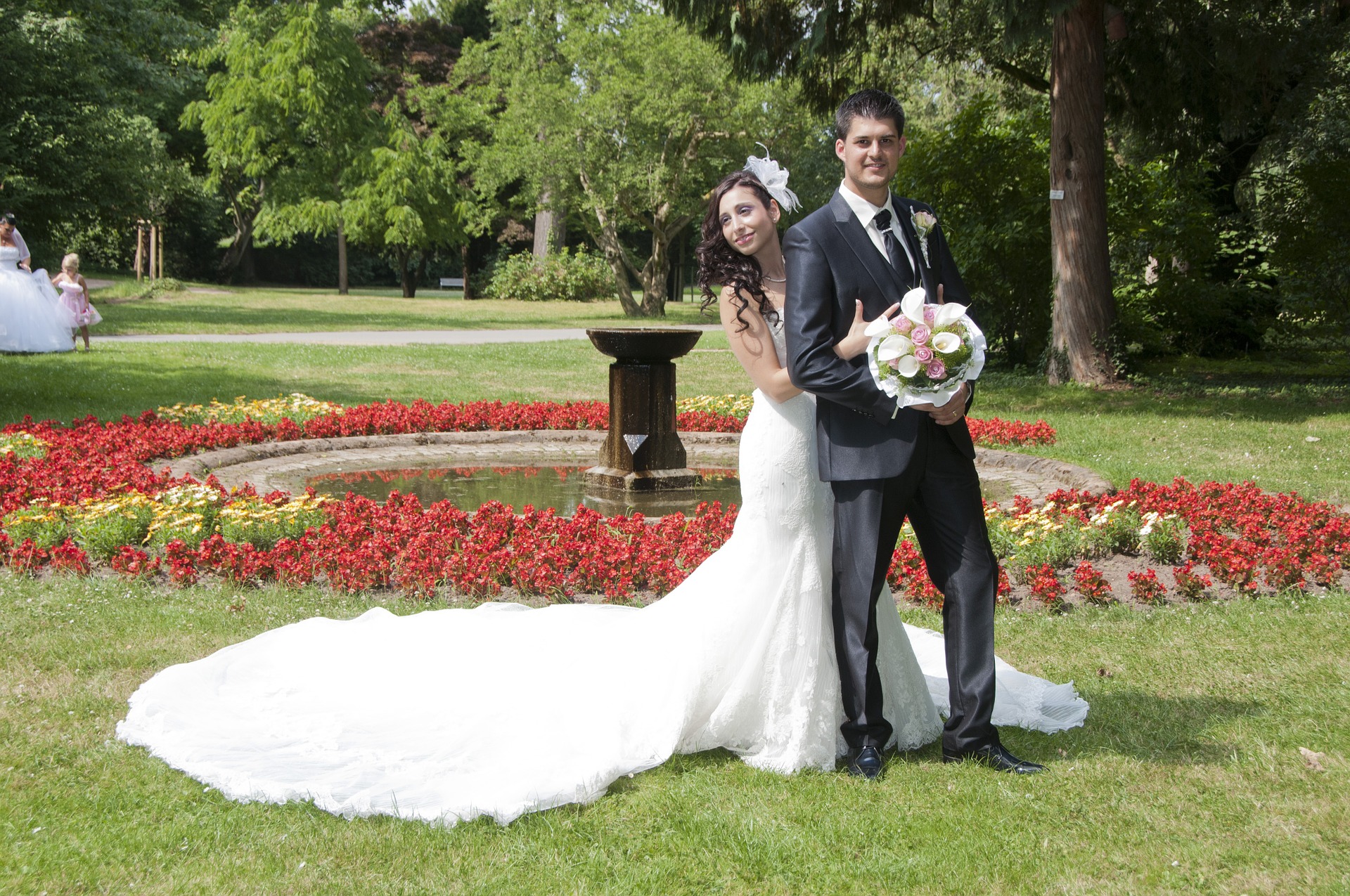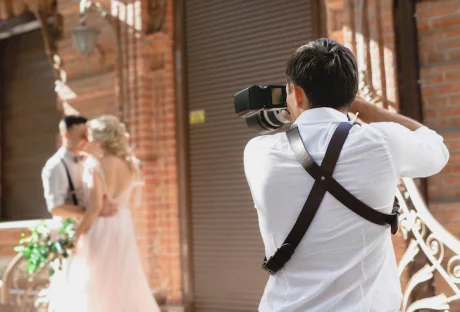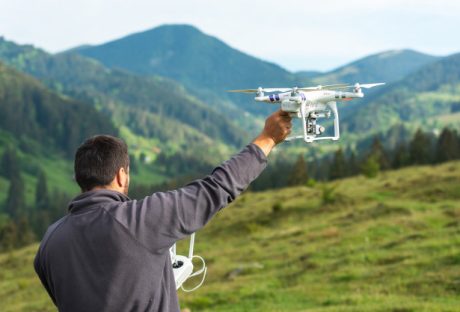Whether it’s a wedding or something else entirely, photographing your event may be one of the most important facets of whatever it is you’re doing.
Photographs are certain to be central to any large event. There could be many reasons for this: Firstly, you might want to remember your grand occasion. In the case of a wedding, photographs will help remind you of all the glorious memories of your magical night.
If the event is more corporate, photographs may be excellent promotional tools to build your business or advertise similar events. At David Koonar Photography, we specialize in outdoor work and landscapes, so feel free to visit our site if you’d like to contact us or see some other great guides on finding photographers.
Other photographers will specialize in different things. If you want to find the right one for you, be absolutely certain to follow the below steps:
The Style:
Different types of photographers will be suitable for different types of projects. While a wedding photographer can do a corporate event, it is best to let people do what they’re best at.
No matter what your event is, be sure to find someone that has experience doing those things. It can be a school event like a graduation or a homecoming dance. It can be a large family or social event (that shockingly isn’t a wedding). It can be a crazy party or a fundraiser. It can be a giant corporate picnic in Windsor (for which you would certainly hire David Koonar Photography, right?)
The Candidates:
There are two basic ways to find a good photographer for your specific event. They are: –
- Word of mouth
- Research on the Internet.
If you happen to know somebody that recently had an engagement party, and they’re gushing about all the gorgeous pictures, you might just want to ask for the photographer’s contact info. Finding a photographer for your own engagement party just became much less of a hassle! Of course, not every photographer will click with every person, so be certain to keep that in mind as well.
The other way to find your event photographer is through the joys of research. Buckle down, load up Google, and start finding all those corporate party photographers.
The Price:
When you’re researching, the budget is always going to be your first consideration. You cannot hire a photographer you cannot afford. If the photographer has pricing options available on their website, this can help with your search.
On the other hand, if you find someone whose work blows you away, and they’re a little out of your price range, feel free to talk to them. Sometimes, something can be worked out. Sometimes, going a little over your budget for the right contender can be the difference between something that is mediocre and something that is fantastic.
The Portfolio:
Once you’re done worrying about money, look at the photographer’s pictures. Most people will usually know within the first few whether they like the style or not. For those that you do like, go a little bit more in-depth and look at as many pictures as time will allow.
Make a list of the best ones. These are the people you’re going to contact.
The Reviews:
Once you’ve looked at all the pretty pictures, your next stop reviews. Before you even interview a candidate, you will get to know them through the experiences of others. You’re going to want to look at the overall level of professionalism and whether or not reviewers enjoyed the experience. Just keep in mind, like photographers, not all clients are perfect. You may find some hard-cases in there that had unrealistic expectations.
Interview Candidates:
Once you have your people, talk to them!
You’ll want to ask several important logistical questions.
You’ll want to talk contract. You’ll want to know how many photographers they use for each job. You’ll need to know delivery times and methods. (USB stick? Physical copies only?). You’ll also want contingency plans if something happens. If a wedding turns out especially rainy, for example, where will the bride and groom take the primary wedding photos? The photographer will need to come up with a backup location.
You’ll also want to get an overall feel for the person. Typically, event photographers need to be more outgoing and friendly to get the best possible shots in a social setting. This will be evident in the way they talk to you.
Again, feel free to visit the David Koonar site if you would like to see more guides. We have tons of tips on hiring photographers and even becoming one. Hopefully, this has contributed to a reduction in stress about your upcoming event. Good luck and have fun!
Read Also:





















